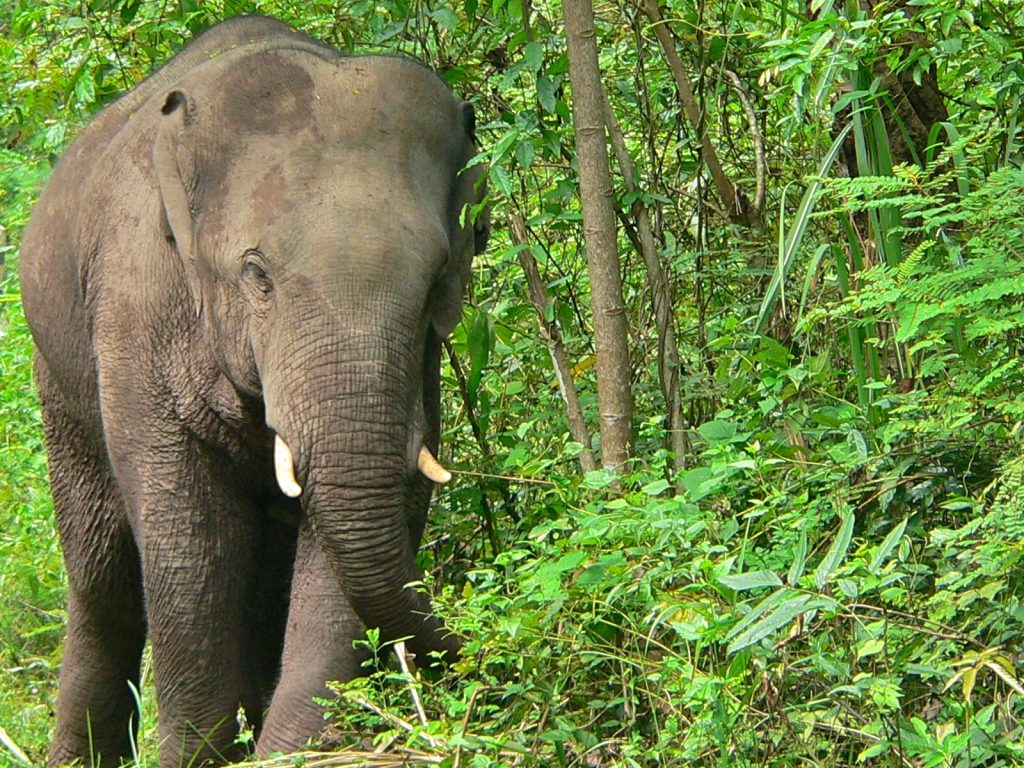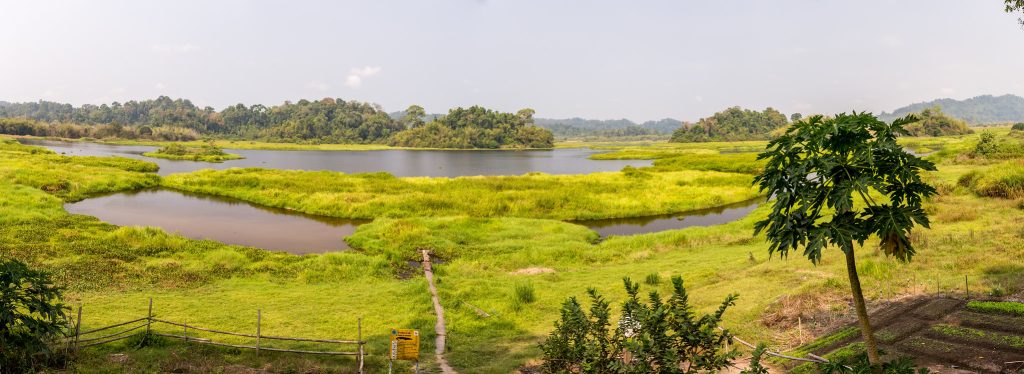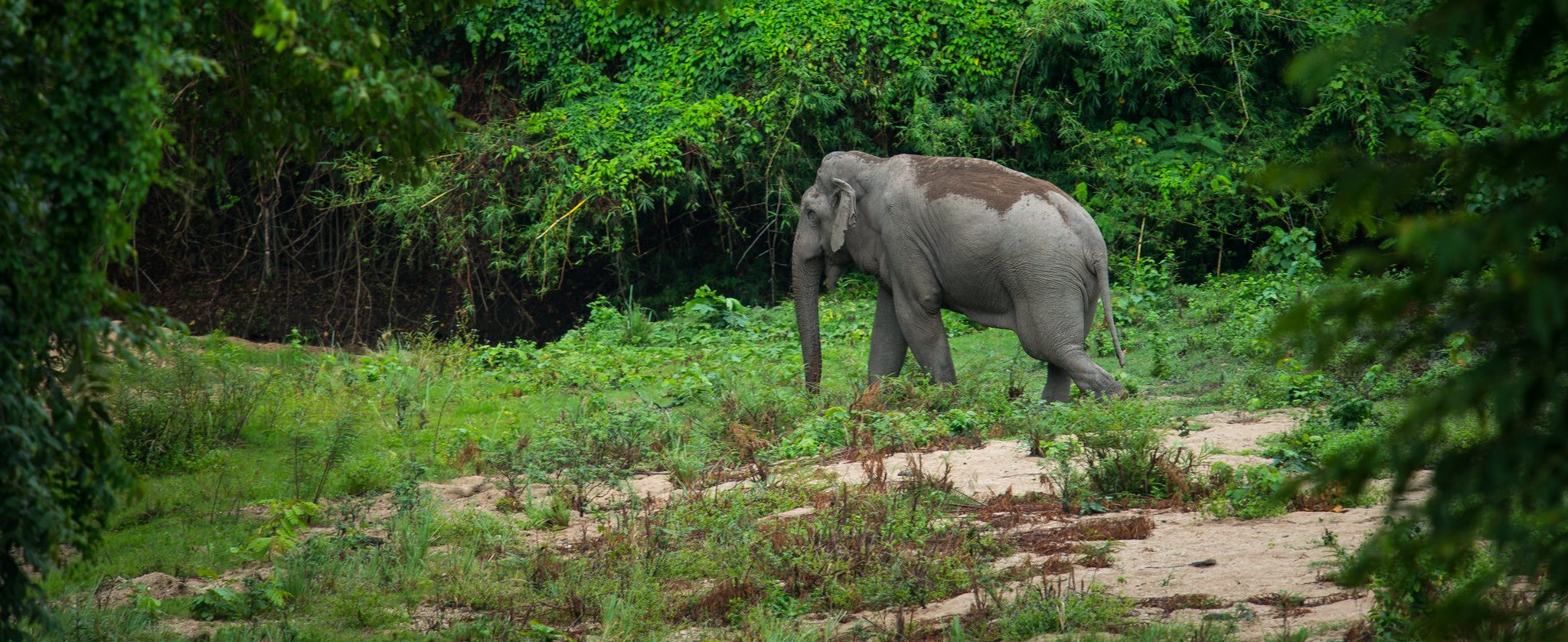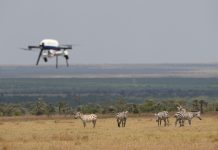Written by: Sean Mowbray
Solving human-wildlife conflict is a complex issue and a pressing concern for a wide variety of endangered species, none more so than the Asian elephant (Elephas maximus). People living around Vietnam’s Dong Nai Biosphere Reserve, however, want to foster coexistence with elephants, not conflict. That’s according to a new study published in the journal Global Ecology and Conservation that looks to understand community perspectives on how to solve human-elephant conflict.
Researchers carried out choice-based questionnaires with residents of four villages — Phu Ly, Ma Da, Thanh Son and Ta Lai — where human-elephant conflict is known to occur. In total, 440 households were surveyed and offered different approaches to solving the problem.
Estimates of Vietnam’s wild elephant population vary, but it’s thought that there are around 100, mainly distributed along the border with Cambodia and Laos. Habitat destruction and human-wildlife conflict are the current main threats facing the species. Dong Nai Biosphere Reserve covers 969,993 hectares (2.4 million acres) and is home to around 15 elephants, for which is it designated a priority conservation area.
“In general, local people prefer strategies that seek to cultivate coexistence with elephants,” the study authors write. Crucially, community members also preferred alternatives to the current system of management, which relies on patrols and traditional methods of keeping elephants away from farms. Elephants can quickly become habituated to such interventions, the study notes, which reduces their effectiveness.

“Locals showed high levels of support for almost all the alternative attributes presented to them, which means they are willing to support [human-elephant conflict] prevention and mitigation strategies in [Dong Nai Biosphere Reserve] and want to see a change from the status quo,” the authors note.
Broadly, community members preferred alternatives such as the design of a community-based program — ecotourism based on elephant watching, for example — to foster coexistence and also support local livelihoods.
Other preferred solutions were framed around prevention and mitigation: the use of electric or “bio” fences, such as beehives; a community-based insurance scheme for farmers to cover against crop damage; and land-use planning to “decrease the human-elephant interface.”
For Jen Shaffer, an associate professor at the University of Maryland, the study underlines why involvement of those on the frontline of elephant conflict is key to designing appropriate and sustainable solutions to human-wildlife conflict.
“[W]hat I hope other people will get out of research like this is that local communities do want to be involved,” Shaffer, an ecological anthropologist who was not involved in the study, told Mongabay in an interview. “But you also have to offer choices that will not just benefit one side of the issue, it has to benefit both, the human side and the wildlife side.
“It’s a positive in that it shows that people do support this coexistence of wildlife,” Shaffer said. “They are interested in working toward a situation where they benefit from having those elephants present.”

Communities living in the vicinity of the park are predominantly dependent on agriculture for their livelihoods. Not only did most community members desire to move toward coexistence over other measures, but many were also willing to devote their time to supporting such measures.
In particular, the researchers found that community members with lower education and income levels were most willing to volunteer their time. Farmers, those interested in conservation, and locals with experience of human-wildlife conflict were also more willing to support and devote time to coexistence efforts. Community members were willing to spend between one and four days per month on conservation-related measures.
“This implies that conservation or [human-elephant conflict] management programs might be more successful if directed toward people with these characteristics,” the study authors write.
Tarsh Thekaekara, a member of the Coexistence Consortium, said this desire to support coexistence is an interesting outcome of the study. “Because that’s not the majority view … Most of the human-wildlife threat mitigation is about separating out spaces more effectively.”
Though this willingness is positive, said Thekaekara, who was not involved in the study, there’s the concern that it may be short-lived if conservation efforts are successful. Between January and May 2021, wild elephants from the Dong Nai Biosphere Reserve were sighted 90 times and caused damage to the property of 122 households, according to the study. “Things are going to change drastically as elephant numbers increase or as human numbers increase,” he said. It would thus be important to reassess community members’ perspectives if and when elephant populations increase, he said, as the intensity of interactions may rise.
The study suggests that local authorities organize voluntary initiatives based on community-based ecotourism, conflict prevention, mitigation, and land-use planning. Testing of these solutions would also be required to ensure they are effective for people and elephants on both sides of the conflict equation.
“These strategies are key to human-elephant coexistence,” the authors conclude.
Header Image Credit: Rushen/Flickr (CC BY-SA 2.0).
This article originally appeared on Mongabay







